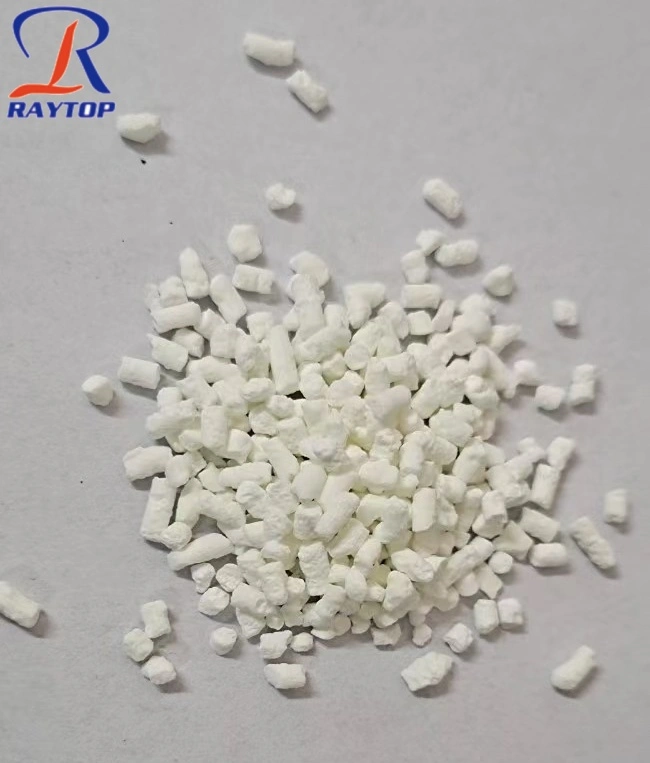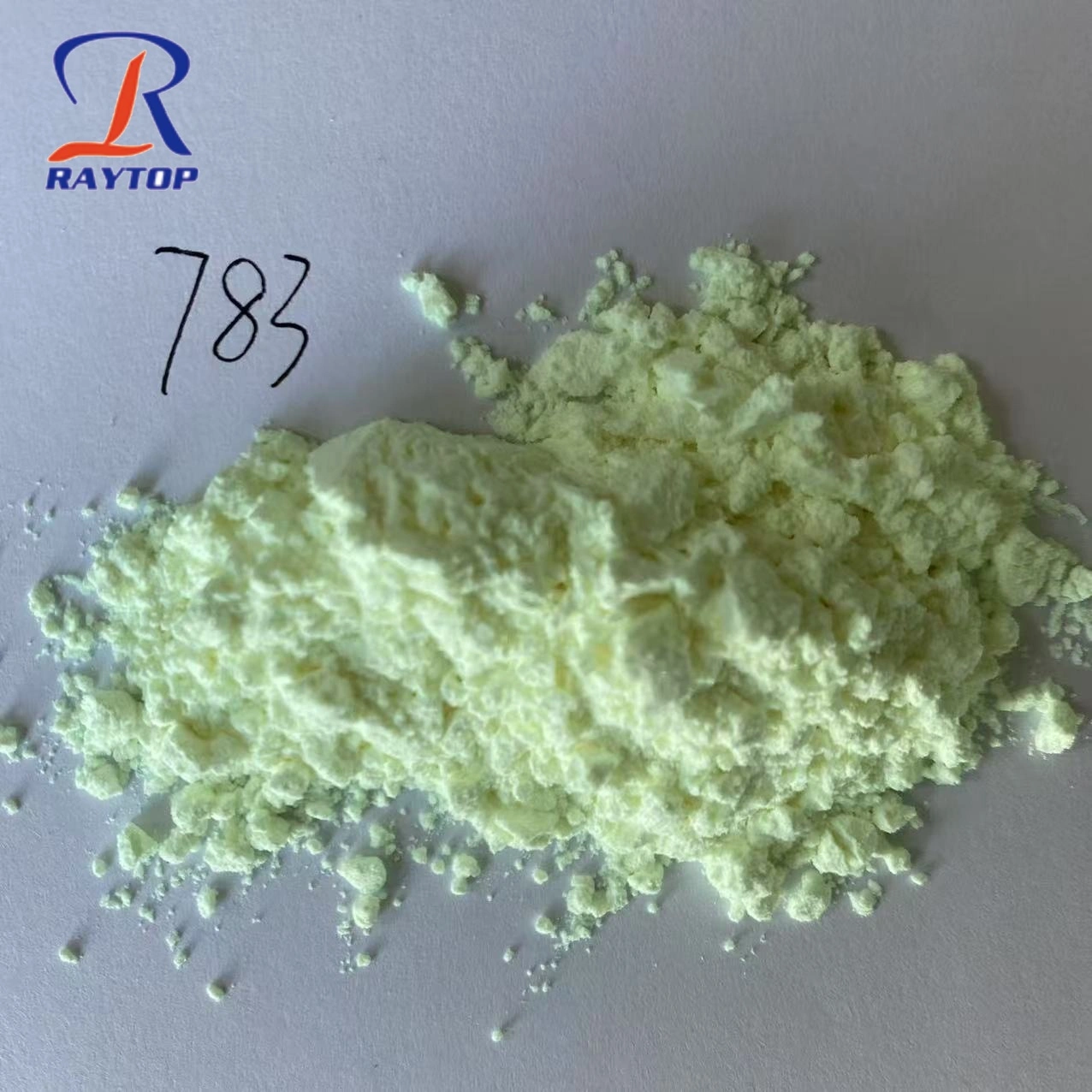The raw materials of woven bags are mainly polypropylene (PP) and high-density polyethylene (PE), and its auxiliary raw materials generally include modifiers, lubricants, and color masterbatches. For plastic woven products for different purposes, the choice of raw materials is also different. Generally speaking, the tube cloth woven with high-density polyethylene has good hand feeling, softness and low temperature resistance, but due to its insufficient source, the cost is quite high. On the other hand, polypropylene (PP) has abundant sources, low prices, and made woven bags that are almost the same as high-density polyethylene. Therefore, polypropylene (PP) is the main raw material.
At present, polypropylene recycled materials are also used in the production of woven bags. Although their physical properties and quality are worse than new materials, they can also meet the specified standards as long as they are selected reasonably. If the flat yarn produced from recycled materials is not bright, it can be improved by adding a small amount of lubricant to the raw material formula.
The production process of the plastic woven bag is: the woven cloth is printed, cut, and sewn to become a woven bag. Depending on the equipment used, it can be cut first and then printed, or printed first and then cut. Automatic cutting and sewing can continuously complete printing, cutting, sewing and other processes, and can also be made into valve bags, bottom bags, etc., for plain woven fabrics, the bag can be made by seaming and bonding.
Plastic woven bags are widely used. Plastic woven bags are mainly used for agricultural products packaging, cement bag packaging, food packaging, civil engineering, tourism and transportation, flood relief, etc., which bring a lot of convenience to people's lives.
The additives used in PP woven bags are diversified on the market. Today, I will introduce to you in detail the method and process of adding brighteners to PP woven bags.
raw material:
PP material
Calcium carbonate
Filler
Optical Brightener OB-1
Titanium Dioxide
Add steps:
First put the optical brightener OB-1 and other additives into the raw material, stir and disperse at high speed, and suck the material in the material pool into the extruder flat yarn.
The flat good silk is reeled through the guide wire rod.
The flattened silk is further rounded.
After adding woven bag optical brightener OB-1, the woven cloth after circular weaving is more white
The circular woven woven fabric is packed in rolls and stored in the factory warehouse.
Precautions:
The Optical brightener OB-1 and the filler are evenly dispersed
Adding Optical brightener OB-1 and other auxiliaries must be added according to the exact added amount.
We Raytop Chemical as the professional optical brightener manufacturer, we offer the optical brightener OB-1 TDS for your reference.
Optical Brightener OB-1 TECHNICAL DATA SHEET
Product Name | Optical Brightener OB-1 |
Chemical Name | 2.2’-(4.4’-diphenol vinyl) dibenzoxazol |
CAS No. | 1533-45-5 |
C.I. No. | 393 |
Molecular Formula | C28H18N2O2 |
Molecular Weight | 414 |
Technical Index | Appearance:Yellowish/greenish powder Molecular weight:414.4 Melting Point:356℃~360℃ Purity: ≥98.5% Fineness: ≧200 mesh Volatile content: ≦0.5% Ash content :≦0.5% |
Uses | Mainly be used in whitening of polyester and plastic, as well in whitening of Nylon during polymerization. For whitening of polyester and nylon; also used in ABS, PS,PVC, HIPS, PA, PC, PP, PE,PET,EVA, PVC, etc. Rate of use: (per 1000kg of substrate) Polyester: 75-300g EVA, PP, nylon: 75-200g |
Package | 25kg per fiber drum |


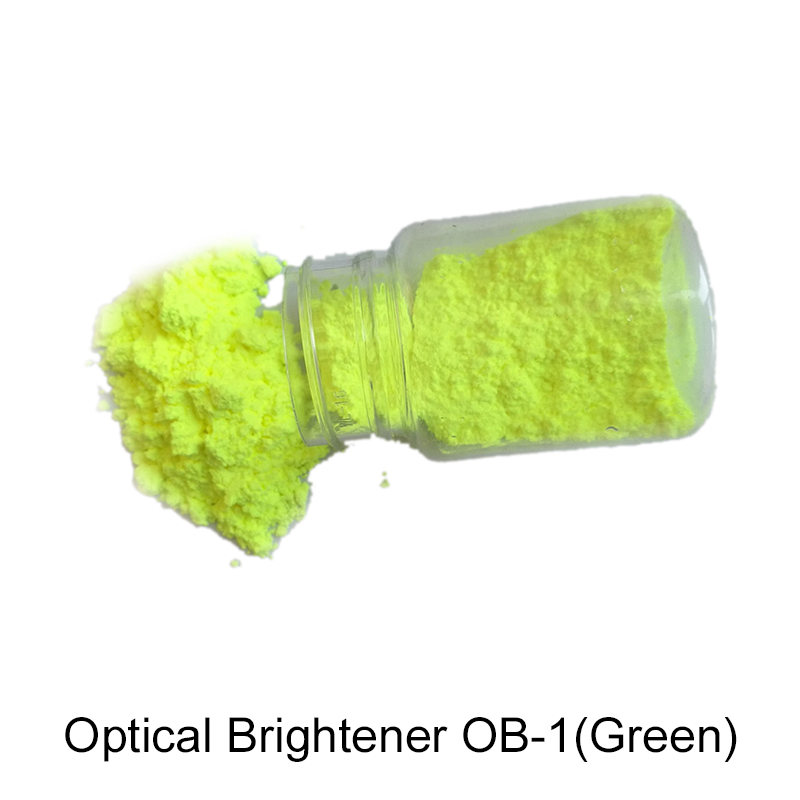



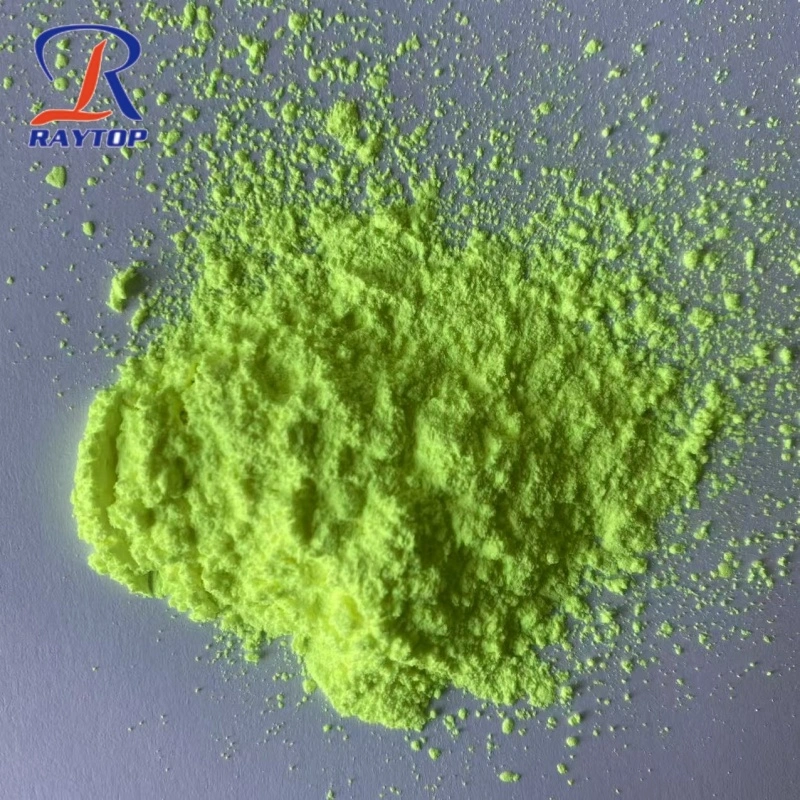
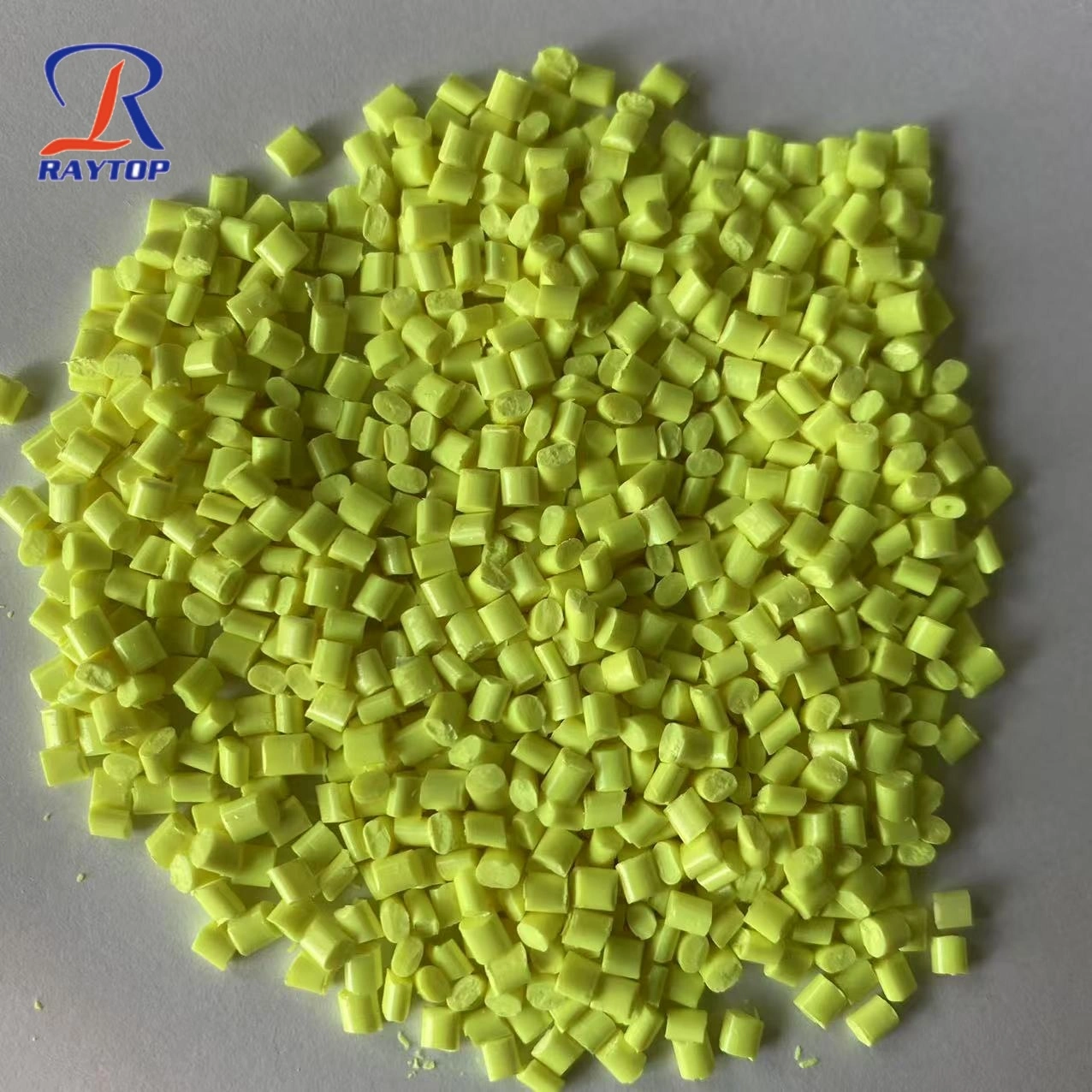
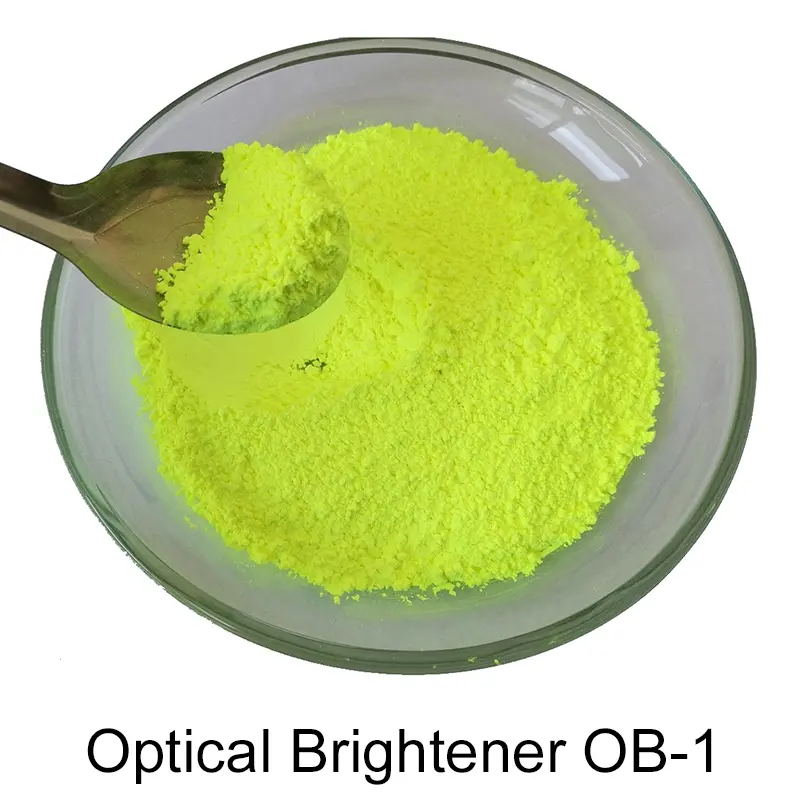
264.jpg)
